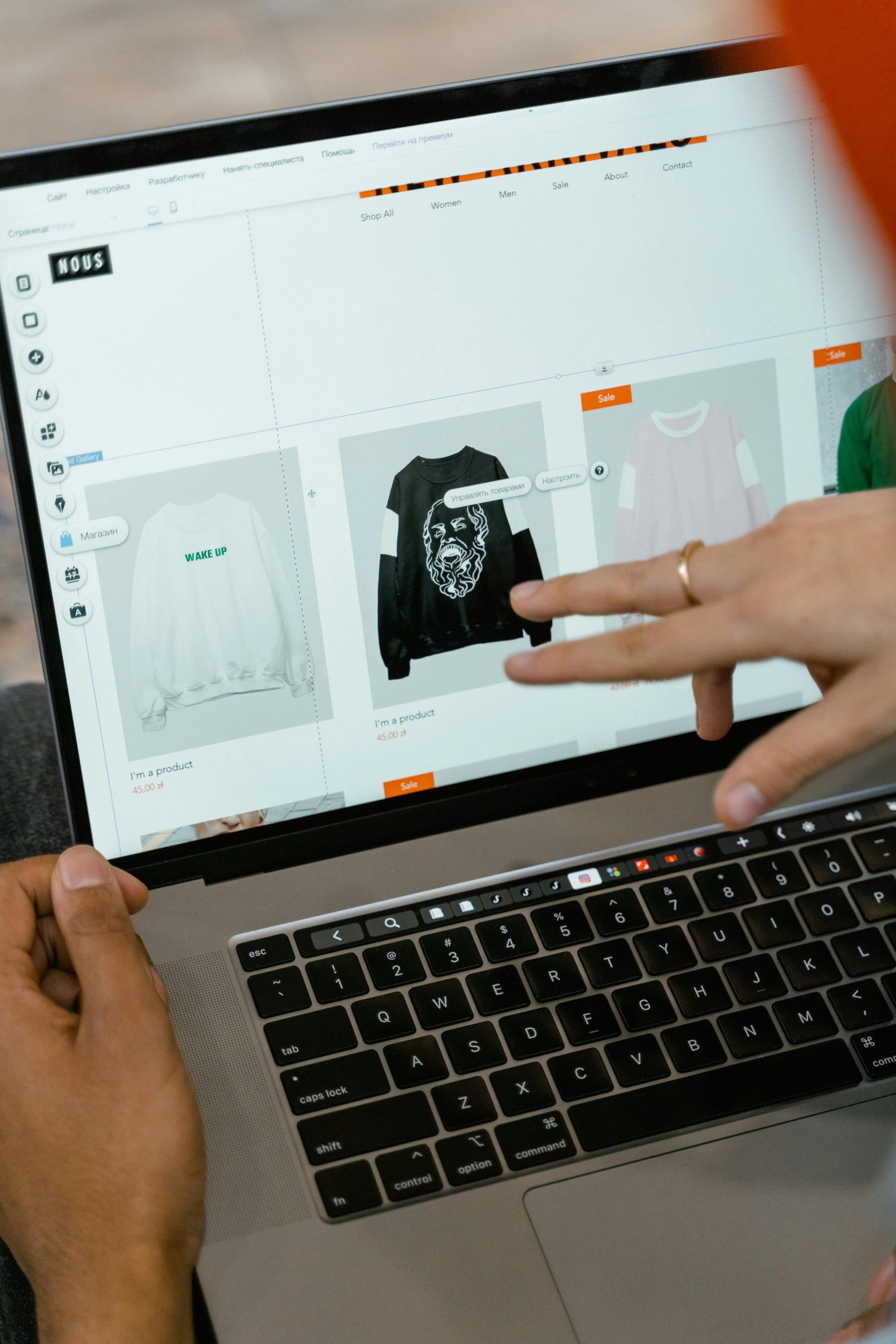Essential Tools for Graphic Designers: Unleashing Your Creative Potential
Hey there, fellow creatives!
As a graphic designer with a foundational understanding of coding (which I must admit, I’m not a huge fan of), I’m reaching out to gather some insights. What tools do you all leverage in your daily workflows?
Whether it’s software for design, platforms for collaboration, or resources that can aid in learning new skills, I’m eager to hear your recommendations.
In the fast-paced world of design, having the right tools can make all the difference. They can streamline your process, enhance your creativity, and ultimately lead to better results in your projects. Share your favorites or must-have essentials that could help fellow designers like me improve our craft!
Looking forward to your suggestions!


2 responses to “What tools does everyone use in their workflow?”
Hello! It’s great to see your interest in optimizing your graphic design workflow. Given your background as a graphic designer with some experience in coding, I’ll recommend a variety of tools that can enhance your creativity, streamline your projects, and minimize the need for extensive coding. Here are some categories of tools along with specific recommendations:
Graphic Design Software
Prototyping and UI/UX Tools
Code-Free Development Platforms
If coding is not your favorite aspect, platforms that offer design-first approaches can be a lifesaver:
1. Webflow: This is a website design tool that allows you to create responsive websites visually without extensive coding knowledge. You can design, build, and launch in a single platform.
2. WordPress with Page Builders (like Elementor): Since you mentioned WordPress, using a page builder can simplify your design process. Elementor, for example, provides a user-friendly drag-and-drop interface that allows you to create beautiful, responsive designs with minimal coding.
Color and Typography Tools
Collaboration and Project Management
File Management and Cloud Storage
Learning and Development
Lastly, don’t forget about continuous learning. Resources like Skillshare, Udemy, and LinkedIn Learning offer a plethora of courses on design, tools, and coding that can help you expand your skill set without getting overwhelmed by complex coding concepts.
By leveraging these tools, you can significantly enhance your workflow while minimizing the aspects of coding that you find less enjoyable. Good luck, and happy designing!
Thank you for starting this great discussion! As a fellow graphic designer, I completely resonate with the importance of having the right tools to enhance our workflows. In addition to the classics like Adobe Creative Suite and Sketch, I’ve found that integrating tools like Figma for collaborative design projects has been a game-changer. Its real-time collaboration feature allows for seamless feedback and iteration, which is invaluable in a team setting.
For project management, I highly recommend Asana or Trello—they help keep my tasks organized and ensure that I’m tracking project timelines effectively. Additionally, if you’re looking to brush up on your coding skills, platforms like Codecademy and freeCodeCamp offer excellent resources, even for those who are initially hesitant about coding!
Lastly, I think it’s crucial to consider tools that promote inspiration and creativity. Websites like Dribbble and Behance are excellent for discovering new design trends. Incorporating a mix of these resources could really help streamline your workflow and spark new ideas! Looking forward to seeing what other tools everyone recommends!